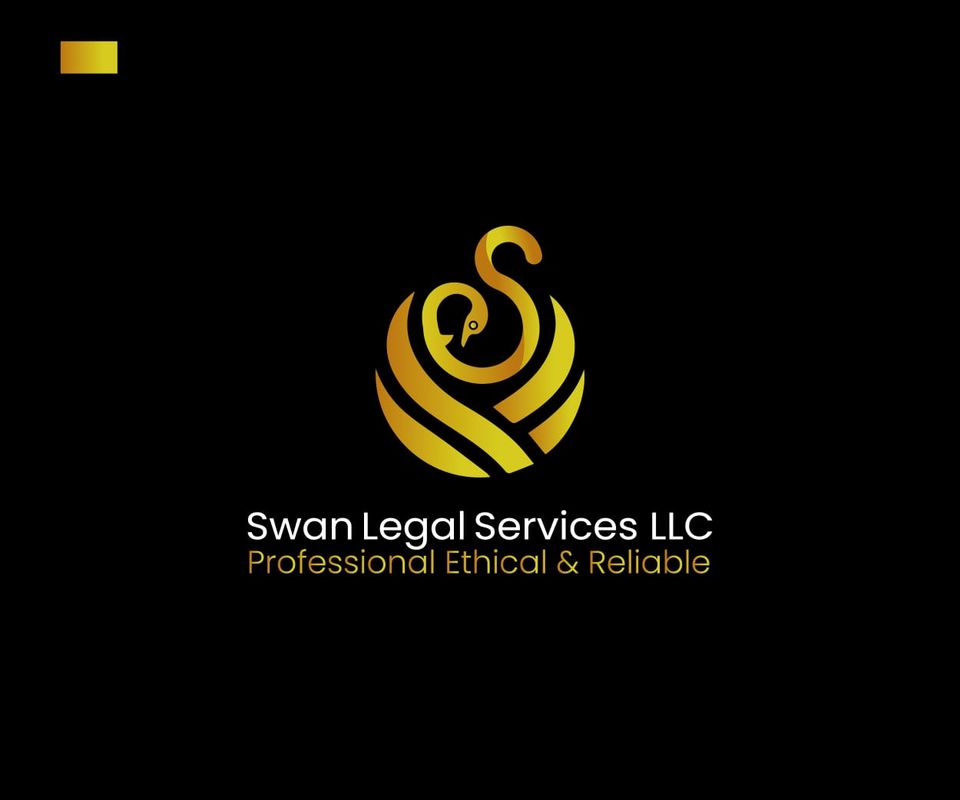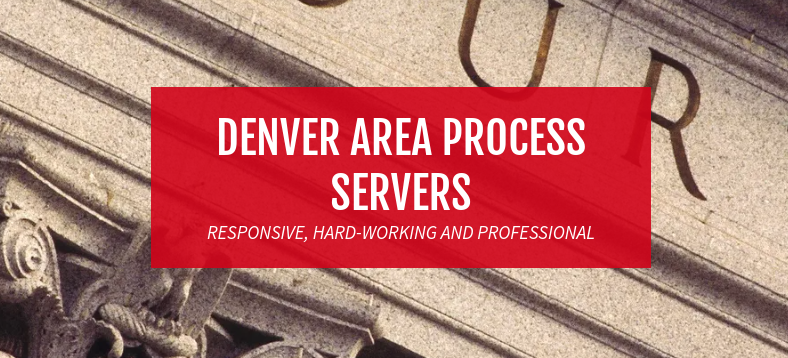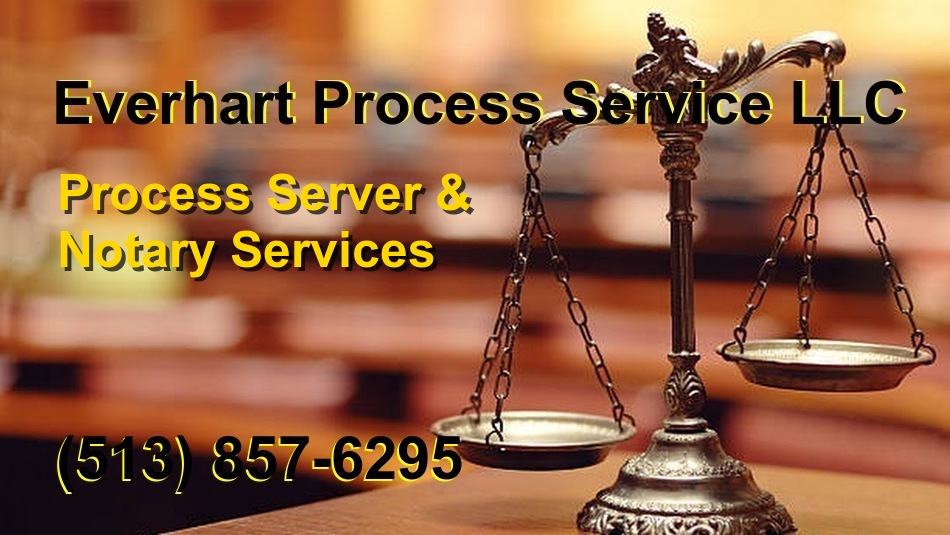
![]()
Eviction Process in Oregon
The first step in the Oregon Eviction Process is the landlord serving (delivering) the tenant with a proper Oregon Eviction Notice that fits their particular situation. Below are the different kinds of Eviction Notices in Oregon and when to use them:
What if the landlord has served the proper notice, waited out the notice period, but the tenant is still in possession of the property? The landlord must now go to court and sue the tenant. The landlord can go to justice court, small claims court, or circuit court for the jurisdiction where their property is located. The landlord should go to the clerks office and ask to file a “Forcible Entry and Detainer” lawsuit. The clerk will have a Complaint form for the landlord to fill out. There will be a filing fee. The clerk will issue a Summons that says when the First Appearance Court date will be held. It will be held 7 days after the tenant receives the Summons and Complaint form. The court clerk will have the tenant served, usually by posting and mailing.
Oregon Eviction Laws
In the State of Oregon, the Landlord Tenant Laws, and the laws regarding Oregon Eviction are contained under Chapter 90 of the Oregon Revised Statutes, in what is called the Residential Landlord and Tenant Act. If you are a landlord in Oregon, it is important to read and become familiar with this law.
 DOWNLOAD FORMS YOU WILL NEED FOR THE EVICTION IN OREGON
DOWNLOAD FORMS YOU WILL NEED FOR THE EVICTION IN OREGON
Oregon Landlord Tenant Eviction / Unlawful Detainer Forms Package
 The Oregon Rental Agreement
The Oregon Rental Agreement
Oregon Residential Landlord Tenant Rental Lease Forms and Agreements Package
Oregon Eviction Notice
The first step in the Oregon Eviction Process is the landlord serving (delivering) the tenant with a proper Oregon Eviction Notice that fits their particular situation. Below are the different kinds of Eviction Notices in Oregon and when to use them:
- 72 Hour Non-Payment of Rent Notice – Non-Payment of rent is one of the most common reasons for eviction. In Oregon, a landlord can serve a 72 Hour Non-Payment of Rent Notice on the 8th day that the rent is due. This notice tells the tenant that they have 72 hours to pay the rent, or else they will be sued for eviction. This notice may NOT demand late fees, only the unpaid rent. Upon receiving this notice, many tenants will either pay the rent or move out immediately.
- 30 Day No Cause Notice – If the landlord wants to end a month-to-month tenancy (for any lawful reason), and the tenant has been there less than a year, the landlord needs to serve a 30 Day No Cause Notice. This tells the tenant that the tenancy will end on a certain date (30 days or more from the Notice), and that the tenant needs to vacate by that date or else they will face an eviction lawsuit.
- 60 Day No Cause Notice – If the landlord wants to end a month-to-month tenancy (for any lawful reason), and the tenant has been there a year or more, the landlord needs to serve a 60 Day No Cause Notice. This tells the tenant that the tenancy will end on a certain date (60 days or more from the Notice), and that the tenant needs to vacate by that date or else they will face an eviction lawsuit.
- 30 Day For Cause Notice – If the landlord needs to evict a tenant for violating the rental agreement (unauthorized vehicles, disturbing neighbors, etc.), the landlord needs to serve a 30 Day For Cause Notice. This tells the tenant that they have 14 days to correct their lease violation, and if they do not, their tenancy will terminate in 30 days, upon which they must have vacated or else they will face an eviction lawsuit.
- 10 Day For Cause Notice – If the landlord needs to evict a tenant for violating the rental agreement (unauthorized pets, disturbing neighbors, etc.), AND the tenant has already received a 30 Day Notice for Cause (see above) in the past six months for the exact same lease violation, the landlord only needs to serve a 10 Day For Cause Notice. This tells the tenant that they have 10 days to correct their lease violation, and if they do not, their tenancy will terminate in 10 days, upon which they must have vacated or else they will face an eviction lawsuit.
- 10 Day Pet Notice – If the tenant is keeping an unauthorized pet at the premises, the landlord can serve the tenant with a 10 Day Pet Notice. This notice states that the rental agreement will terminate in 10 days unless the animal is removed, and if it is not removed in the 10 days the tenant will be sued for eviction.
- 24 Hour Notice – If the landlord needs to evict the tenant because the tenant is committing violent acts, illegal activity, drug activity, dangerous conduct, or the tenant or tenant’s pet has threatened or harmed somebody, the landlord only needs to serve a 24 Hour Notice, which gives the tenant 24 hours to vacate the premises or else be sued for eviction. This notice should be used only in very extreme and outrageous situations.
Serving the Notice
The Notice must be personally handed to the tenant, mailed to the tenant via regular first class mail (adding 3 extra days to the notice to account for mailing time), or posted on the premises AND mailed. It is highly recommended that the landlord serve the notice with a witness to prove it was served. The landlord should keep in mind that they will have to prove this notice was properly served.
Forcible Entry and Detainer
What if the landlord has served the proper notice, waited out the notice period, but the tenant is still in possession of the property? The landlord must now go to court and sue the tenant. The landlord can go to justice court, small claims court, or circuit court for the jurisdiction where their property is located. The landlord should go to the clerks office and ask to file a “Forcible Entry and Detainer” lawsuit. The clerk will have a Complaint form for the landlord to fill out. There will be a filing fee. The clerk will issue a Summons that says when the First Appearance Court date will be held. It will be held 7 days after the tenant receives the Summons and Complaint form. The court clerk will have the tenant served, usually by posting and mailing.
First Appearance in Court
The landlord must show up to the first appearance in order to win. If either party does not show up, the party that does show will likely win. If the tenant does not show, the judge can order possession of the premises to the landlord. If both parties show up, they will be persuaded to see if there is a way to work out the dispute. If there is not a way to work it out, then a trial date will be set no later than 15 days from this First Appearance.
Trial
The trial is where both sides have an opportunity to speak and present evidence to the judge. Either party can also demand a jury. It is recommended that the landlord bring all evidence needed to persuade the judge to rule in his/her favor. Examples include a copy of the lease, a copy of the eviction notice, documents, rent receipts, NSF checks, photographs, witnesses, etc. After hearing both sides, the judge will make a ruling. If the judge rules for the landlord, the judge will order the tenant to vacate the property by a certain date.
Notice of Restitution
If the tenant has not vacated the premises by the date ordered by the judge, the landlord must go back to the court clerk and request a “Notice of Restitution”. The Sheriff will then be directed to post this Notice of Restitution on the property, which gives the tenant 4 days to leave. If the tenant is not out at the end of the 4 days, then the Sheriff will meet the landlord at the property, remove the tenants, and allow the landlord to change the locks. The landlord will have to give the tenant a few days to retrieve their belongings. During this process, the landlord should follow all the Sheriff’s directions very carefully.
If your landlord wants to terminate your tenancy, he or she typically must give you some kind of written notice. The landlord must wait until the amount of time stated in the notice has passed before being able to get a court to evict you. And if a court case is filed, you are entitled to notice and a hearing if you want to remain a tenant and if you believe you have legal defenses against an eviction. Your landlord may not get around this process by locking you out, or by shutting off your utilities or other essential services.
Legal requirements for eviction notices vary depending on the type of tenancy you have. For example, an eviction notice for a month-to-month tenancy has different legal requirements than does a notice for a tenant with a lease for a specific time (often six months or one year).
If you have a month-to-month tenancy, you pay rent once a month and your rental agreement continues until either you or your landlord ends it. To end a month-to-month tenancy, you or your landlord must give each other written notice. This notice can be given at any time, but it must allow for at least 30 days before the actual date of termination. In the city of Portland, tenants are entitled to 90 days notice of a no-cause eviction. If your tenancy began more than one year ago, your landlord must give you a 60-day notice of termination — except in the city of Portland, where 90 days are required. The notice must clearly state the date that the tenancy will end. In private rental housing, it is not necessary for either party to give a reason for ending the tenancy, although a landlord may not give such a notice for an illegal reason. A landlord may base a court eviction proceeding on a 30-day notice given by a tenant. However, in some kinds of housing, including some government subsidized housing programs, a landlord cannot evict a tenant with a no-cause notice.
A landlord in a month-to-month tenancy may also give you a 30-day eviction notice for cause. The cause for the notice must be either for not living up to your rental agreement or not complying with your duties set forth in the law. The notice must tell you the reason for eviction and must say that the rental agreement will end at least 30 days after you get the notice. If you can fix the problem by making repairs, paying damages, or otherwise, your landlord’s notice must also say that you can avoid eviction by fixing the problem within 14 days. The time period to fix the problem in a manufactured dwelling facility is the full 30 days. If you do not fix the problem within the 14 days, or 30 days if you are a homeowner renting space in a facility, your landlord may file a court eviction case after the 30-day notice period has gone by. If you do deal with the problem and your landlord is satisfied, your rental agreement will not end. However, if the same problem happens again within six months of the first notice, your landlord can end the rental agreement with a 10-day written notice that clearly states the problem and date of termination. In a facility, the second notice must provide 20 days for the tenant to move out.
In most kinds of housing, a landlord of a month-to-month tenancy may also attempt to evict you with a 72-hour notice for not paying your rent. This may happen if you have not paid rent within 7 days of its due date. If you receive this type of notice, it must state that your landlord intends to end your rental agreement if you do not pay the rent within 72 hours. If you do not pay the rent within the 72 hours, your landlord may immediately file a court eviction proceeding. In calculating the 7-day period, the day the rent is due counts. For example, if your rent is due on the first of the month, your landlord may give you a 72-hour notice on the eighth of the month. Your landlord may not evict you in 72 hours for non-payment of rent when the only money you owe is a late charge. In the alternative, your landlord can give you notice after four days that would give you 144 hours to pay the rent.
In a month-to-month rental agreement, your landlord can also issue a 24-hour written notice to end your tenancy under very limited circumstances. The law specifies the reasons. You may receive a 24-hour eviction notice if you have intentionally injured someone other than a member of your household, intentionally damaged the property, or committed an act that is “outrageous in the extreme.” An outrageous-in-the-extreme act is not specifically defined by law, but does include prostitution or promotion of prostitution, violence, manufacture or delivery of drugs, intimidation and burglary. A landlord may not use a 24-hour notice or otherwise attempt to evict someone for being the victim of a crime such as domestic violence, stalking, or sexual assault, however. The landlord may give a 24-hour notice to any person living in a house where the tenant had a written rental agreement that prohibits sub-leasing. This is enforceable if the landlord has not taken rent from the person who is not covered by the rental agreement. A tenant who lied about criminal convictions on a rental application may, under limited conditions, get a 24-hour notice.
In housing operated by a housing authority or a nonprofit organization as “drug and alcohol free housing,” a tenant for less than two years who violates the drug or alcohol policy may be subject to a 48-hour notice with one day to correct the problem.
You may have a lease for a specific time — often six months or one year. This time period is called the term of a lease. The valid parts of your lease will determine when it can be terminated or renewed. During the term of your lease, neither you nor your landlord can terminate the lease without cause, unless your lease states otherwise. Your landlord may end the tenancy during the term for non-payment of rent, serious violations of the lease, or for intentional dangerous behavior as described before. Although your written lease agreement cannot shorten the number of days required by law for notices of termination, the lease may make notice periods longer. For example, a lease that allows the landlord to give you a 24-hour notice of non-payment of rent would not be permitted. However, you could hold your landlord to a lease that requires a 96-hour notice of non-payment. If a fixed-term lease contains nothing about its termination or renewal, the lease simply ends without notice from either party on the date stated in the lease. The lease could, however, contain a provision that turns the tenancy into a month-to-month tenancy at the expiration of its term lease. In that case, the tenancy would have to be terminated with a notice as discussed above. In that situation, the tenant would be expected to move at the end of the term without notice.
Just as the law establishes very specific requirements for eviction notices, it also requires that notices be served in very specific ways. Even if the notice is correct, it may have no effect if it is not served the right way.
Notices may be served by either personal delivery or by first class mail. A lease or other written rental agreement can outline additional ways to serve notices. First class mail is specifically defined. It does not include certified or registered mail or any other type of mail that may delay actual delivery of mail to the tenant. If your landlord chooses to serve a for-cause eviction notice by mail, you would get three extra days to correct the cause in the notice. The termination of the tenancy would also be extended by three days.
A 72-hour (or 144-hour) notice for not paying rent is considered to be served on the day it is both mailed to the tenant and attached securely to the main entrance of the tenant’s dwelling unit. The same is true for a 24-hour notice of termination for outrageous or dangerous behavior.
It is important to know that your landlord cannot evict you in retaliation for your having asked to have repairs done, or for asserting other legal rights under the rental agreement or the landlord-tenant laws.
For names of lawyers in your area who are experienced in housing issues,
Find Law Firms on our Directory.
Find The Eviction Process in other States
Nationalevictions.com is for people who are renting or seeking to rent housing. Our site is for Eviction Information Purposes only, Not Intended to replace your Attorney or any Legal Advice. The reader should always remember your legal responsibilities. After all, you may unknowingly jeopardize your rights by not fulfilling your legal rights as a Tenant or Landlord.
Many of the Chapters and Articles are interrelated. This not intended to be an all-inclusive overview, or the best advice in every situation. Please Consult a Lawyer for your Rights and Protection as to the laws of your State. This information is not meant to be a substitute for the advice of an Attorney.












